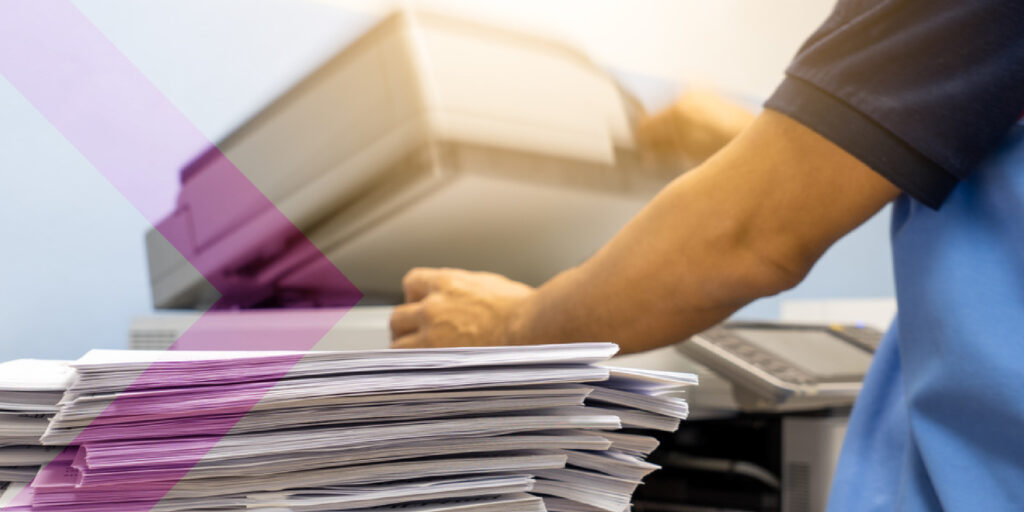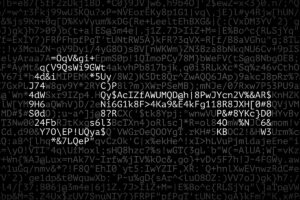Understanding and Resolving Slow Printing Issues?

Introduction
Few things are more frustrating than waiting for a print job that seems to take an eternity to complete. Whether you’re printing a simple document or a high-resolution graphic, slow printing can disrupt workflows and waste valuable time. This guide will help you troubleshoot the most common reasons for print job delays and provide actionable solutions to speed up your printing process.
What Are the Most Common Causes of Slow Printing?
1. Large File Sizes
Why does file size impact printing speed?
Printers process data before producing a physical copy. Large files with high-resolution images or complex graphics require more time to be interpreted and printed. PDF files with embedded fonts and high-resolution graphics can also slow things down.
How to fix it:
- Reduce image resolution (150–300 DPI is usually sufficient for office prints).
- Convert files to a printer-friendly format like PDF/X.
- Remove unnecessary graphics or compress large files before printing.
2. Outdated or Incorrect Printer Drivers
Can outdated drivers affect printing speed?
Yes! Printer drivers act as the communication bridge between your computer and printer. If they are outdated or incompatible, the printer may struggle to interpret the job efficiently.
How to fix it:
- Visit your printer manufacturer’s website and download the latest driver updates.
- Check your operating system’s settings to ensure the correct printer driver is installed.
- If using a network printer, confirm that the driver is optimized for your specific model.
3. Hardware Limitations
Does printer performance depend on hardware?
Absolutely. Entry-level printers may not have the processing power or memory to handle large print jobs efficiently.
How to fix it:
- Upgrade your printer’s memory if possible.
- Consider investing in a business-class printer designed for high-volume printing.
- Print in draft mode for non-essential documents to reduce processing time.
4. Network Connectivity Issues
How does network speed impact printing?
If your printer is connected via Wi-Fi and experiences slow network speeds, your print job may take longer to transmit. Network congestion, weak signals, or incorrect settings can all contribute to delays.
How to fix it:
- Connect your printer via an Ethernet cable for faster, more stable communication.
- Restart your router or access point if experiencing network lag.
- Ensure your printer and computer are connected to the same network and are not being throttled by security settings.
What Are Some Advanced Causes of Slow Printing?
5. Firmware Mismatches
Why does firmware affect printing?
Firmware is the software embedded in your printer that controls its functions. If it’s outdated or improperly updated, the printer might take longer to process jobs.
How to fix it:
- Check the manufacturer’s website for the latest firmware updates.
- Follow proper update procedures to prevent potential issues.
6. Firewall and Security Settings
Can security settings slow down printing?
Yes! Some security software or firewalls may inspect print jobs before they are sent to the printer, causing unnecessary delays.
How to fix it:
- Check your security software settings and allowlist your printer.
- Adjust firewall rules to prevent unnecessary scanning of print jobs.
7. Print Spooler Issues
What is a print spooler, and why does it matter?
A print spooler is a service that manages print jobs sent to a printer. If the spooler is overloaded, corrupted, or malfunctioning, print jobs may be delayed.
How to fix it:
- Restart the print spooler service on your computer (Windows: Services app, macOS: System Preferences > Printers & Scanners).
- Clear the print queue and resubmit the job.
- Set the printer spooler to “Start Automatically” in your system settings.
What If Slow Printing Is Unavoidable?
There are some scenarios where slow printing is simply a trade-off for quality or functionality:
- High-resolution color prints: If you’re printing high-quality images, expect longer processing times.
- Duplex (double-sided) printing: Some printers take longer when printing on both sides to allow for drying time.
- Print jobs requiring special finishing: If your printer includes stapling, hole punching, or binding options, these add extra time per job.
If speed is a priority, consider optimizing settings or upgrading to a faster printer.
When to Call an Expert
If you’ve tried these troubleshooting steps and your printer is still painfully slow, it might be time to call in a professional. At Doceo, we specialize in printer troubleshooting, managed print services, and hardware solutions to ensure your print environment runs efficiently. Contact us today at 888-757-6626 or visit mydoceo.com to learn more about how we can help.




